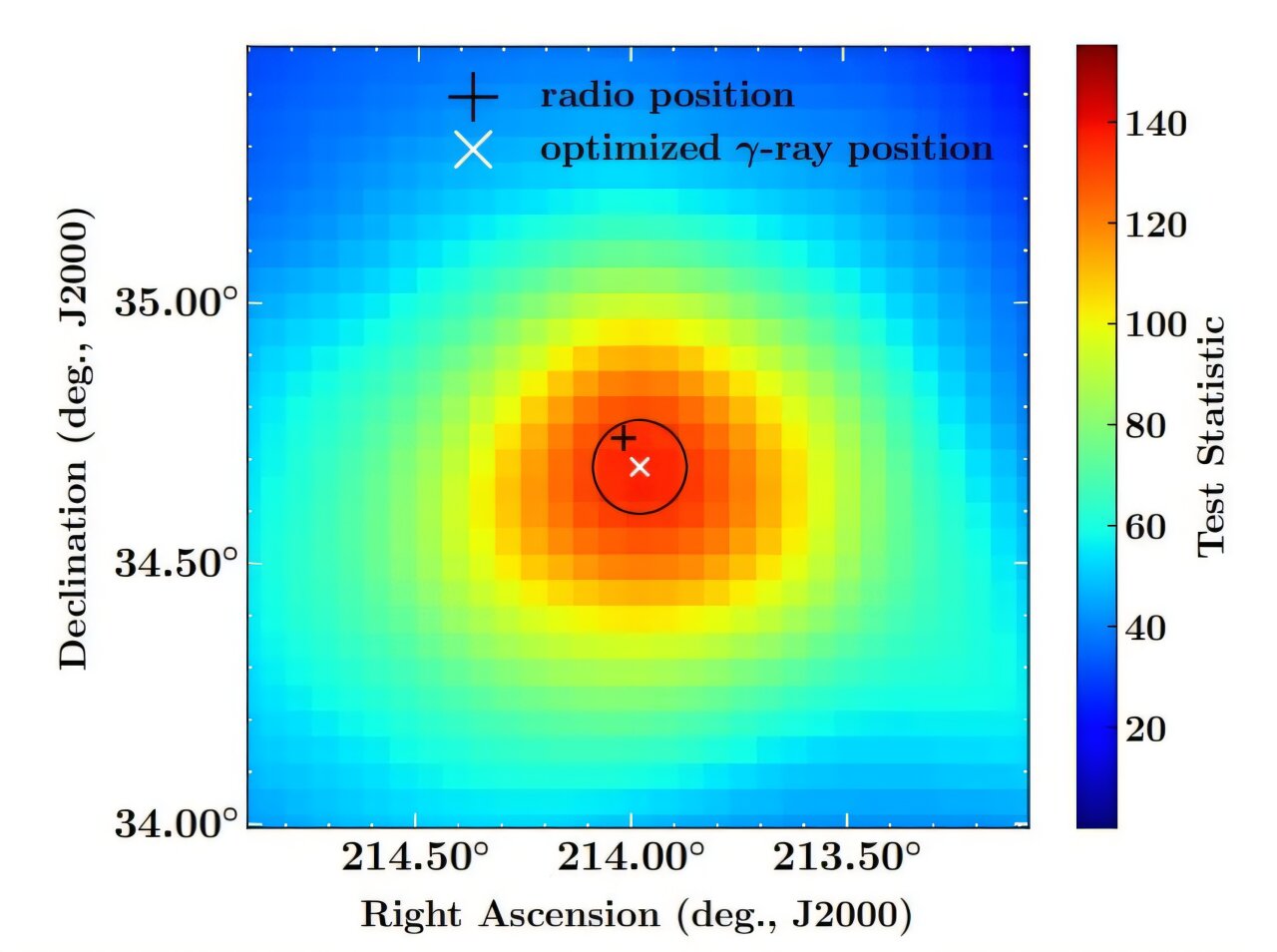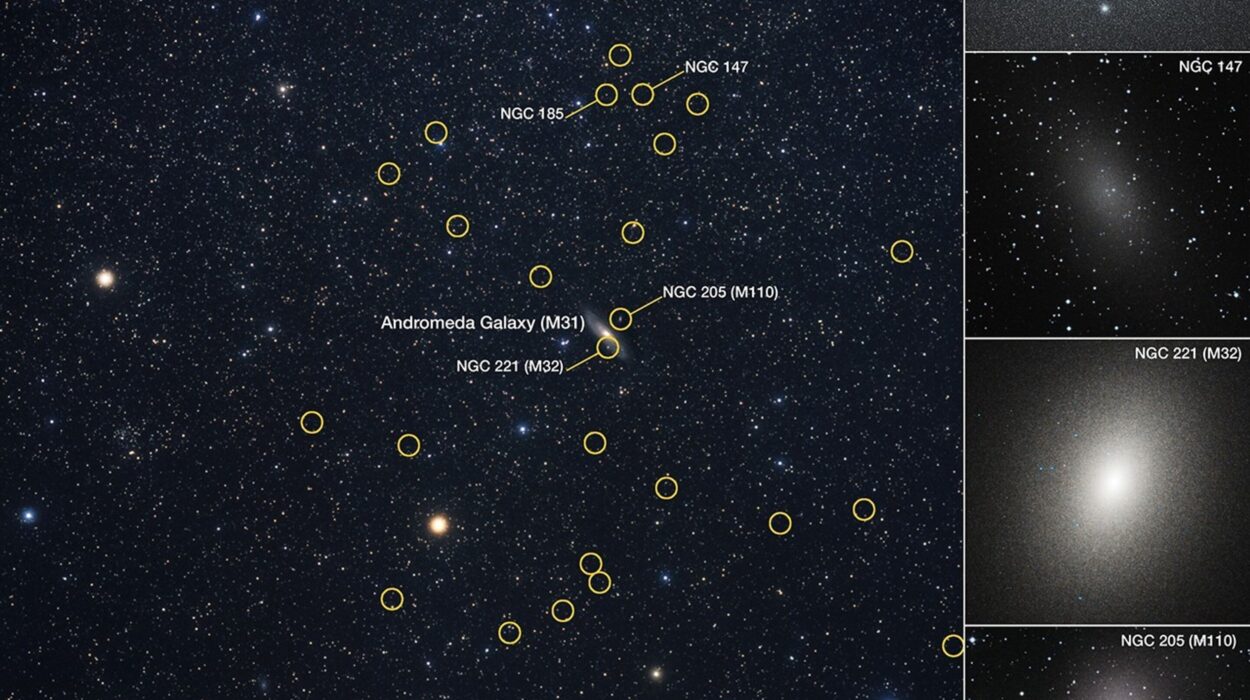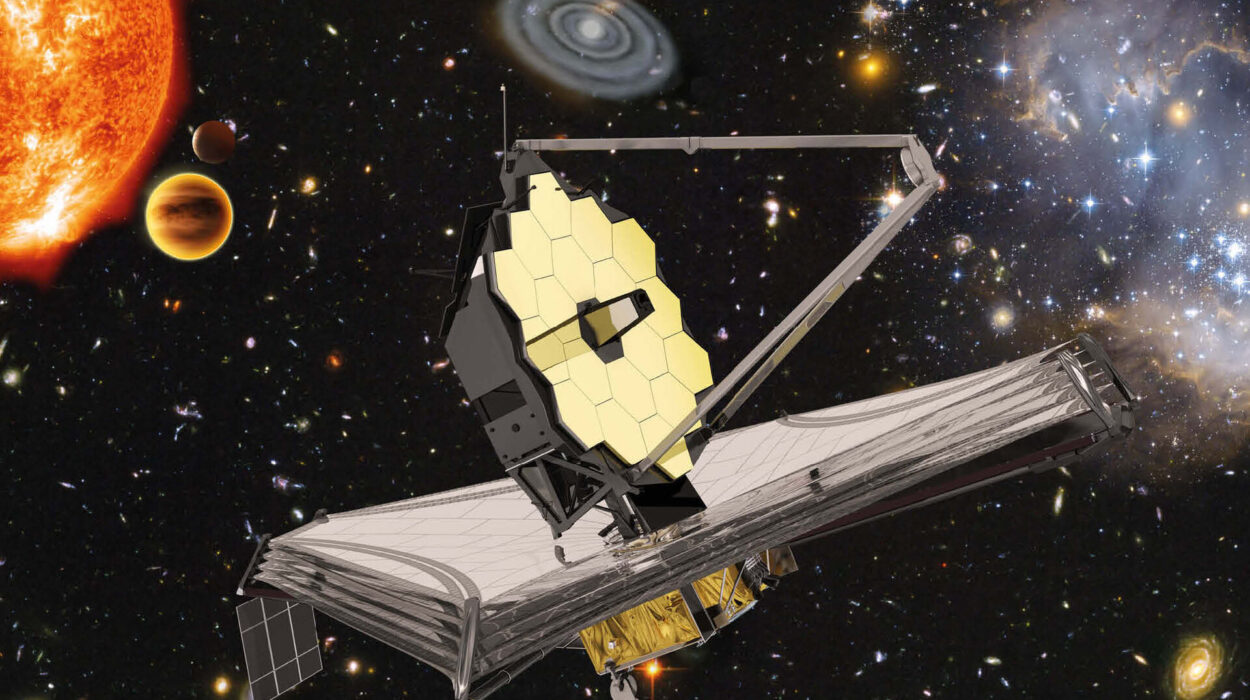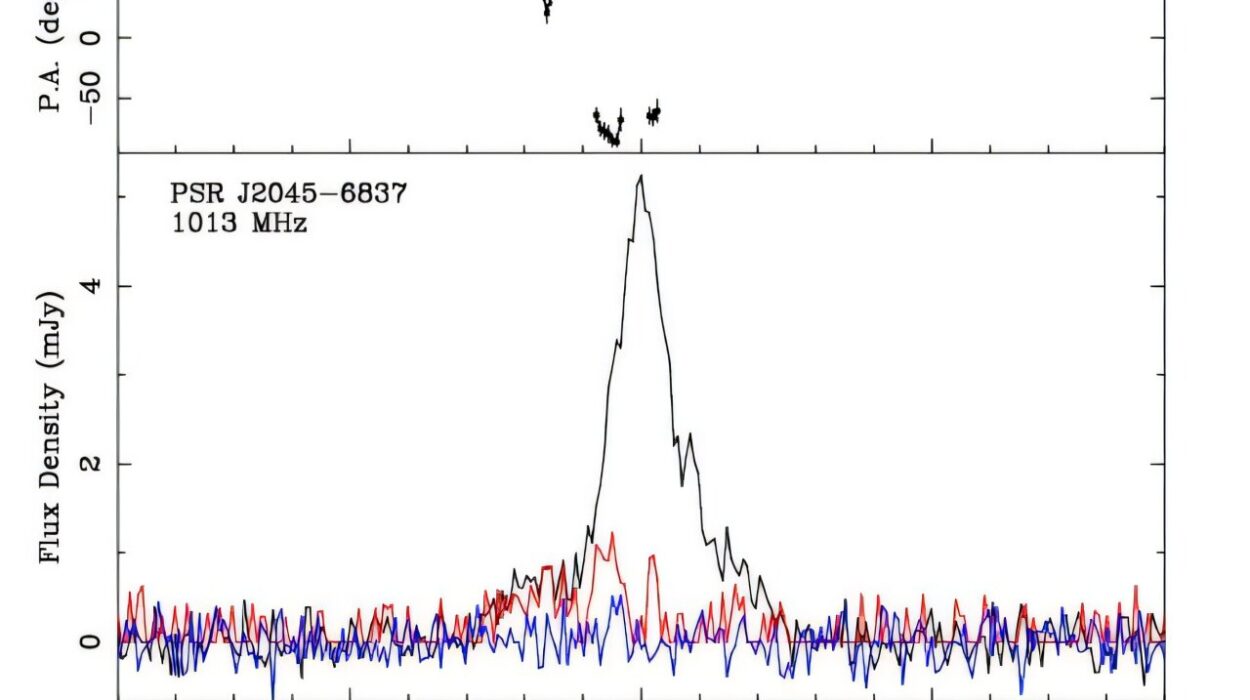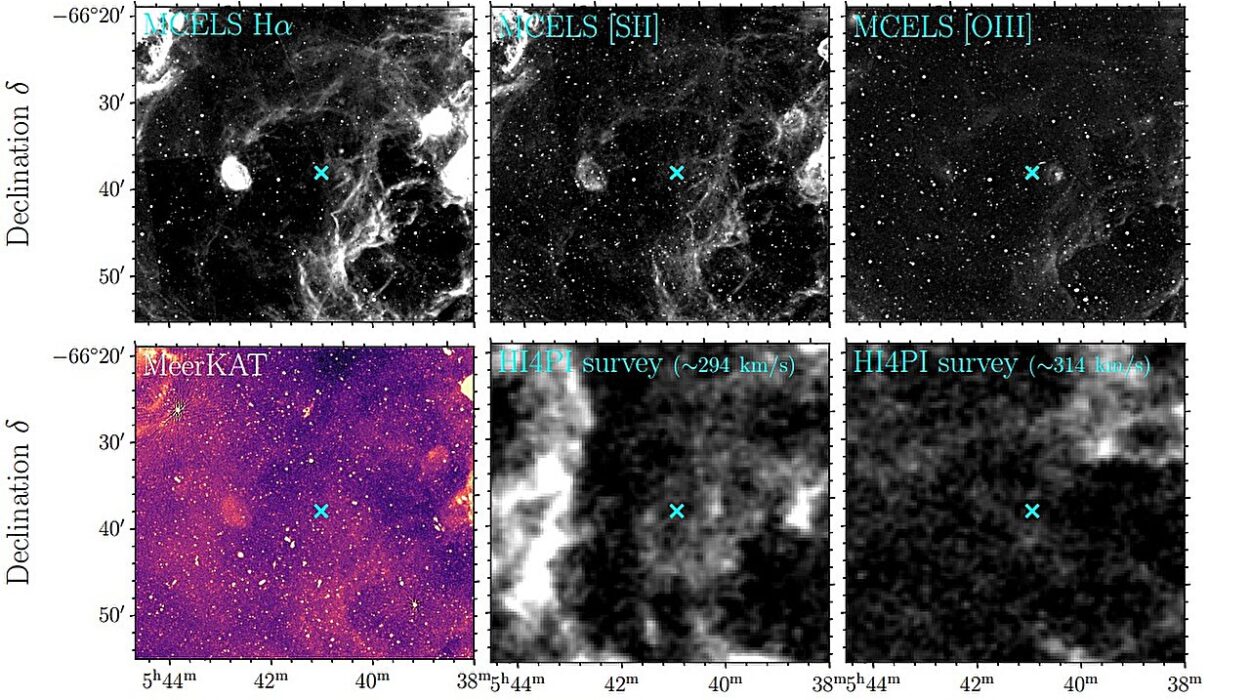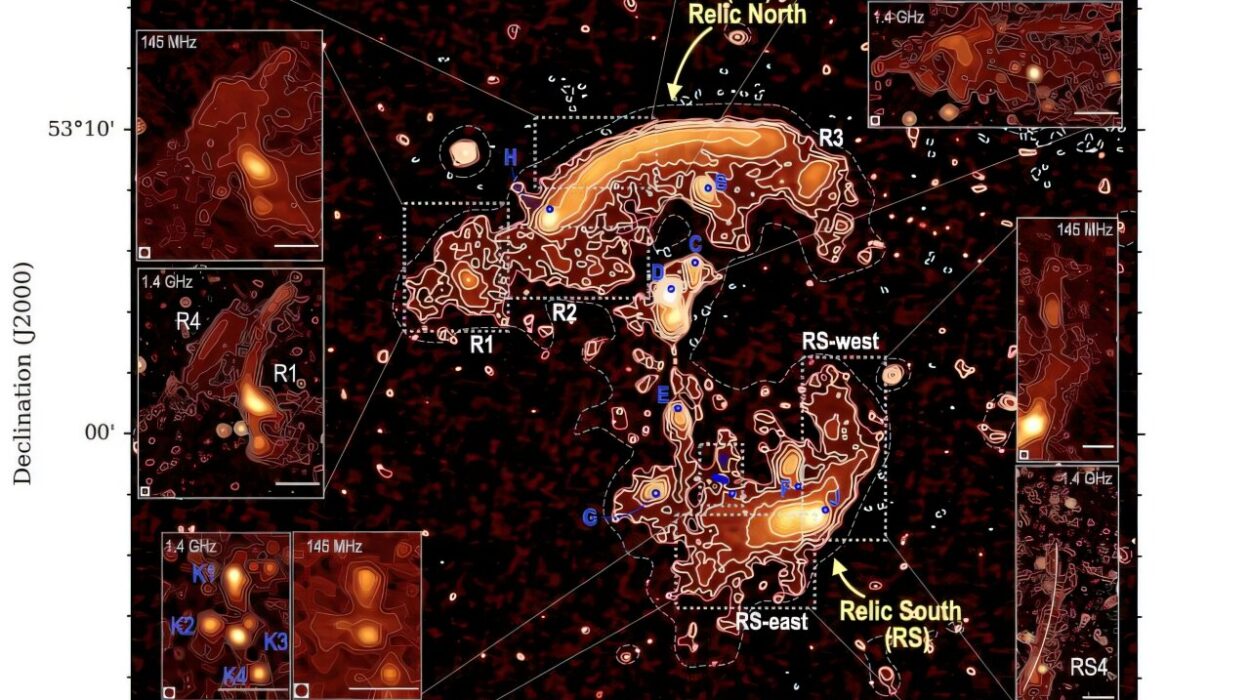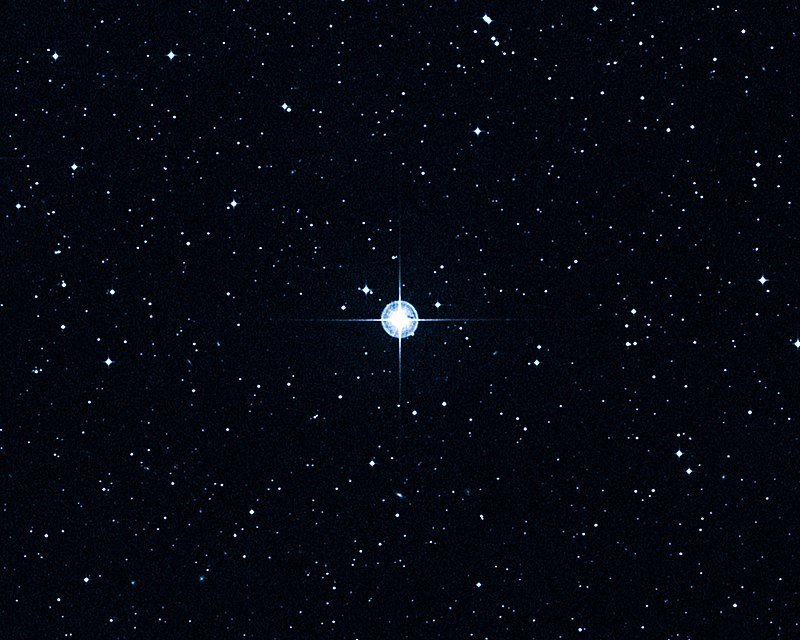Indian astronomers have made significant strides in understanding a rare and enigmatic astronomical object, DA 362, through a comprehensive multiwavelength study. The research, led by Subhashree Swain from the Inter-University Center for Astronomy and Astrophysics in Pune, India, and published on December 17 on the preprint server arXiv, provides new insights into the nature of this gamma-ray emitting compact symmetric object (CSO). This study is an essential step forward in the ongoing investigation of compact symmetric objects, which are still not fully understood but offer a unique glimpse into the early stages of active galactic nuclei (AGN) evolution.
Compact symmetric objects are a type of young, jetted AGN that have a projected size of less than 3,300 light years. These objects are typically in the initial phases of their development, with kinematic ages of only a few thousand years. One of the most intriguing aspects of CSOs is their highly symmetric radio morphology, which sets them apart from other types of AGN. Although CSOs are a relatively unexplored class, they have garnered attention due to their unique characteristics. Until recently, only a handful of CSOs were known to emit gamma-rays, a highly energetic form of electromagnetic radiation. The study of DA 362 adds to this small but significant list, providing new details about the processes occurring within this type of AGN.
DA 362, also referred to as B2 1413+34, was initially identified as a blazar candidate of uncertain type. It was linked to the gamma-ray source 4FGL J1416.0+3443, which was cataloged by NASA’s Fermi Gamma-ray Space Telescope. However, its true nature remained uncertain until recent observations. In their study, Swain and her team conducted a detailed analysis of long-term multiwavelength data, combining information from NASA’s Fermi Large Area Telescope (LAT) and Swift satellite. This approach allowed the team to explore the gamma-ray emission of DA 362 in greater depth and confirm its classification as a gamma-ray emitting CSO.
The analysis of LAT data confirmed that the gamma-ray source 4FGL J1416.0+3443 is indeed associated with DA 362. The researchers found that the optimized gamma-ray position matched the location of the radio source with an estimated 95 percent gamma-ray uncertainty region. This result bolstered the case for DA 362 as a gamma-ray emitting object, adding it to the short list of CSOs known to emit gamma-rays.
The light curve of DA 362, which represents the intensity of gamma-ray emissions over time, revealed some interesting findings. During the first 12 years of LAT observations, from 2008 to 2020, DA 362 remained mostly in a quiescent state. However, the team detected a flaring activity in the source, indicating a sudden increase in gamma-ray emissions. This flare suggests that the gamma-ray radiation is most likely coming from the central core or jet of the object, rather than the radio lobes, which are typically located at the outer regions of AGN. This observation is significant because it provides clues about the inner workings of CSOs, particularly in terms of where the most energetic emissions originate.
In addition to the gamma-ray observations, the study also revealed small, parsec-scale bi-polar radio emissions from DA 362. These emissions are a hallmark of CSOs, which often exhibit symmetrical jet structures. The researchers also found that the jet separation velocity in DA 362 is subluminal, meaning that the jets are moving at speeds slower than the speed of light. This discovery further confirmed the classification of DA 362 as a true compact symmetric object.
One of the more intriguing findings of the study was the comparison of DA 362’s gamma-ray spectrum with those of other known gamma-ray emitting CSOs. The team found that DA 362 is the brightest of the four known gamma-ray emitting CSOs. Its gamma-ray spectrum was also steeper than those of the other three objects. This suggests that DA 362 may have distinct characteristics in its emission processes compared to its counterparts, warranting further investigation into its specific physical properties.
Another key observation in the study was DA 362’s extreme faintness in the optical band. The object’s optical emissions were significantly weaker than expected, which led the researchers to propose that dust obscuration could be playing a role in attenuating the optical light. Dust and gas surrounding AGN can absorb and scatter light, making objects like DA 362 appear dimmer in certain wavelengths. This raises the possibility that more sensitive optical observations, potentially using advanced telescopes, could reveal additional details about the object’s structure and behavior.
The results of this study provide valuable information about DA 362, but the authors note that further observations are needed to fully understand the broadband physical properties of this gamma-ray emitting CSO. Given that only a small number of CSOs have been detected emitting gamma-rays, more in-depth studies using sensitive instruments are necessary to explore the potential differences between gamma-ray emitting CSOs and other types of AGN. Such investigations could offer new insights into the mechanisms that drive the high-energy emissions in these objects and help refine our understanding of the evolutionary stages of AGN.
The findings from Swain and her team contribute to a growing body of research on CSOs and their role in the broader context of AGN studies. By using advanced observational techniques and data from space telescopes like Fermi and Swift, astronomers are slowly unraveling the mysteries of these fascinating objects. The study of DA 362 is particularly significant because it provides one of the clearest views yet of a young AGN in the gamma-ray regime, offering a window into the early stages of an active galactic nucleus’s life.
Reference: Subhashree Swain et al, DA 362: A Gamma-ray Emitting Compact Symmetric Object, arXiv (2024). DOI: 10.48550/arxiv.2412.12857
